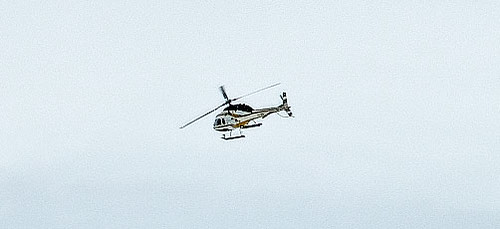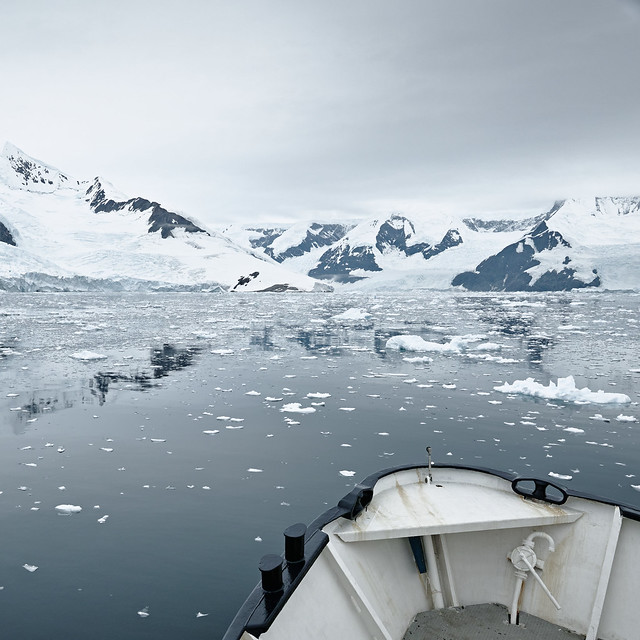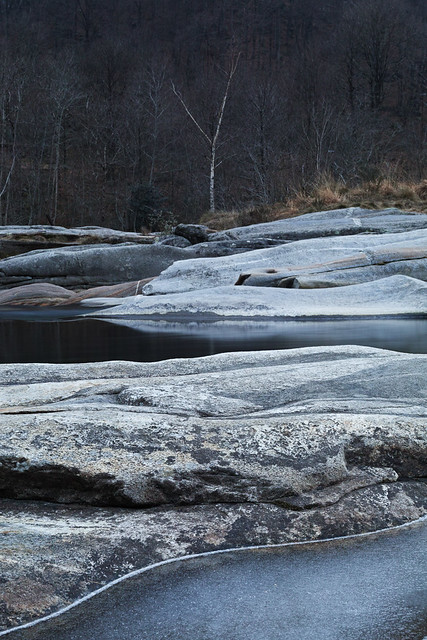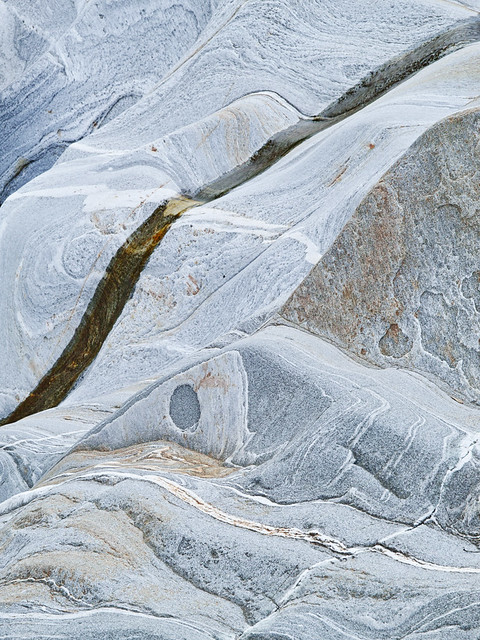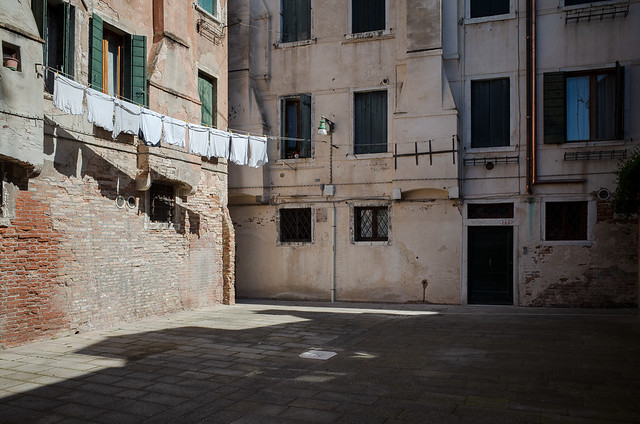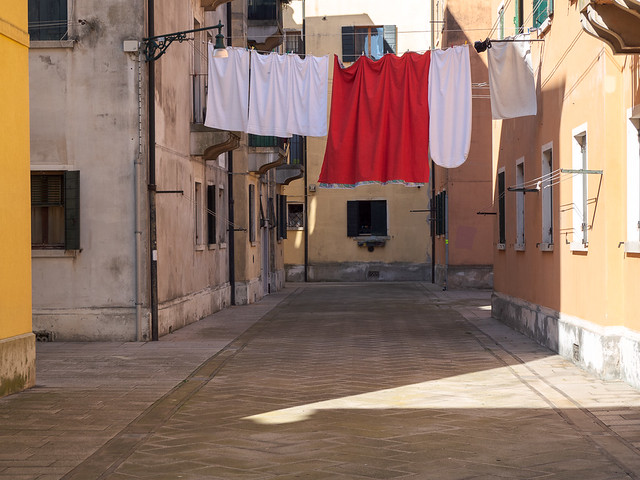A couple of months ago I had two blog posts playing around in my head, on the twin topics of “Software” and “Hardware”. “Software” got published, and here, belatedly, is “Hardware”. I know: gear isn’t important, it isn’t interesting and it has nothing to do with Art, or indeed Photography. But, hey, it sure gets clicks.
The idea really is to get this stuff behind me once and for all. To choose a solution on both fronts that I’m comfortable with, and from then on just do the photography stuff. I might still browse through gear reviews and those crazy, crazy forums on the train or wherever, but only at a distance. And actually, on the Software side it seems to be working. I did have a bit of a glitch a month or so back, when my faithful Epson 3800 printer finally decided to throw a hissy fit. I replaced it with an Epson P800, and thanks to my investment in ImagePrint, it just slotted in and was immediately productive. In the past it would have taken me weeks, months even to get to grips with a new printer, but with ImagePrint handling everything it is completely seamless.
So, printing, that’s kind of halfway between hardware and software. The real hardware is the glitzy black boxes covered with dials and knobs with big tubes sticking out the front. Since I got into digital, I’ve been a faithful (or maybe lazy) Olympus user. My current “default” camera is an Olympus E-M5 MkII which I actually bought on impulse at a crazy low ex-demo price as a backup to take to Antarctica. By the time I returned it had become my main camera, and although the shutter count is still some way short of my near-retired E-M1, I’m sure if I could record how long I’d carried both for, the E-M5 would win easily.
My last major outing with the E-M5 was to Madeira, where I was seriously surprised by the wealth of photographic potential. I had just the E-M5 with the 12-100 lens with me, having taken a fairly casual approach. What I sorely missed was a polariser, but still, the combination generally worked very well. Where it did fall down is on something I’ve noticed before: distant fine detail, especially in vegetation, has a tendency to turn into an unsightly mush, which is noticeable even at A4 print sizes - well, it is to me, anyway. This impression has been confirmed to me by an acquaintance who is a professional Olympus user, and just has to be considered to be a limitation of the relatively small sensor and low-ish 16Mpix resolution. But it really only strikes in very particular circumstances - for example in urban photography I never notice it. But anyway, this leaves an itch when it comes to some types of landscape photography. Other than that, the Olympus m43 system fits me just fine. The lenses are just superb, and the bulk / weight, or lack of both, are very welcome.
But still, I wanted a “high quality” solution. I’ve been seriously toying with the idea of Medium Format mirrorless, the Hasselblad X1 or Fuji GFX. I briefly tried out the GFX and felt that it was a very nice camera, even if I prefer the aesthetics of the Hasselblad. But the prices ... especially of the lenses ... I really cannot justify. If I was a professional, maybe, or even if I was a good enough photographer to do either justice, but I’m neither of these, so no. I’d rather spend the money on a trip to Greenland, but since I don’t actually have that kind of disposable income anyway, that’s not an option either.
But there’s another option lurking, which any readers of my past writings on gear might well see coming: Sigma. I’ve been dithering about this for ages, and typically, the death sentence of the Sigma SA lens mount and associated cameras bought about by Sigma joining an alliance with Leica and Panasonic was just the trigger I needed to grab a Sigma sd H Quattro while I still could. I’ve been a strong fan of Sigma cameras since the DP2 Merrill, and have got some very satisfying results from the ultra wide angle dp0 Quattro. But these are fixed lens cameras and rather specialist. The sd is a mirrorless interchangeable lens camera, albeit one compromised (in some senses) by taking Sigma SA mount lenses designed for DSLRs. The Sigma Art lenses are optically fantastic, on a par with the best Olympus can do, but O.M.G are they huge and heavy. Initially I got the 35mm f1.4 Art, and supplemented it with the 24-70mm f2.8 Art. I doubt I’ll be adding to the collection. Being used to micro Four Thirds (or even non-micro Four Thirds), and indeed Sigma “compacts”, I’d largely forgotten about camera weight. The Sigma sd H itself isn’t heavy, but add a lens to it, and it takes me back to the nightmare days of my Canon T90 with solid lead telephoto lens bolted on the front. It’s going to have to really produce the goods to stay off the shelf.
Although people rave about the resolution of the Sigma Foveon sensor, rightly so, my attraction is more to the crystalline clarity and luminance of the photos it produces. It’s as close to film as I’ve ever seen from a digital camera - indeed much closer than any other. The colour output has a similar character to Kodak Portra, although unfortunately with a dynamic range more like Fuji Velvia. But in the right circumstances, both the Merrill and Quattro variants of the sensor really sing.
So there we have it - Olympus m43 for general use, Sigma sd H and dp0 for when I need something a little different. I decided to take the sd H, with the 24-70 lens, along with the E-M5 and 12-100 lens for a short trip to Venice last week, thinking I might dedicate a little bit of time to some side by side testing. Of course I could do side by side testing in our back garden, but I actually need interesting subjects to motivate me to “test”, and our garden, welcoming as it is, doesn’t really qualify, especially not at this time of year.
It all went wrong. Of course it did. The 24-70 lens arrived at the last moment, so I decided to take advantage of an hour between trains to try it out at Milan Central station, and to review the files on the way to Venice. Then in Venice I took it out in the late afternoon to just do some more familiarisation shots. The battery ran out at about 70 shots, probably because it wasn’t fully charged to begin with, but also because the lens has an optical stabiliser, which doubtless sucks up power. No problem, I just reached into my pocket to swap in the spare battery, only to realise that I’d bought the dp0 spare, not the sd, and they’re very different. And of course I’d brought the dp0 charger as well. So the wonder-camera turned into a temporary very heavy doorstop.
Not haven taken any really challenging shots, or indeed been all that careful, and no comparison shots at all, I don’t have much to base an opinion of the sd H in an urban setting on, but to be frank, what I do see doesn’t really blow me away. It’s early days yet, but I have a nasty feeling that the perfectly matched fixed lenses of the Sigma dp series play a bigger role than I’d realised. I did, however, take a few landscape shots in December when I first got the camera, and they were promising. We shall see.
Venice, by Sigma sd H Quattro with Sigma Art 24-70mm f2.8 lens
The kind of embarrassing thing though is that I also had my Ricoh GR II with me, and due to the lack of power for the Sigma, and also an unfortunate accident with the E-M5, it got pressed into service far more than I expected. And not only did I really enjoy using it, but the “image quality” is actually quite breathtaking. Of course I already knew this. Waaaay back towards the end of the last century it was the original film GR1 which shocked me into realising what a difference a great lens can make, and the descendants of that camera have maintained the tradition of optical excellence. In fact, I’m loathe to say this, but the GR, at least at 28mm, may be every bit as good as the Sigma. Ouch.
Venice, by Ricoh GR II with Ricoh 18.3mm f2.8 lens
The Olympus E-M5 did its job efficiently and reliably, and I certainly enjoyed using it. It doesn’t quite have the wow factor of it’s two companions, but it provides a far greater degree of flexibility than either, and remains my no 1 choice. Unfortunately, on a night time shot, I was carrying it on my Gitzo Traveller tripod, and the assembly holding the ballhead to the centre column fell apart just as I was heading home. The E-M5 hit the paving stones - well the 12-100 lens did so first - rather abruptly. The mount on the lens was visibly skewed and the lens was unusable. Fortunately there was no other visible damage, and the camera seems fine. The lens has gone off to Olympus for repair, and I’ve ordered a new centre column from Gitzo through gritted teeth. I do sometimes - ok, often - wonder just how much Gitzo actually really deserve their reputation.
Venice, by Olympus OM-D E-M5 MkII with Olympus m.Zuiko 12-100mm f4.0 lens
So, that’s the hardware story. I did cast around a little, I looked at the new Nikons, I even looked at Panasonic, but finally I decided that Olympus backed up with Sigma and Ricoh are a pretty good comfort zone. Actually, if only Ricoh could expand their philosophy to a somewhat wider range (yes I know about Pentax, but no thanks) I could be very happy with just that. The Sigma sd H may turn out to be a big, heavy mistake. But the dp0 is a gem.
Oh, and about film cameras? Yes, well, they’re all sitting on a shelf, along with a drawer full of film. I haven’t used a film camera since last September, and right now I feel absolutely no urge to do so again. Things may change, but I may, just possibly, finally be done with film. Anybody want to buy an XPan ?



